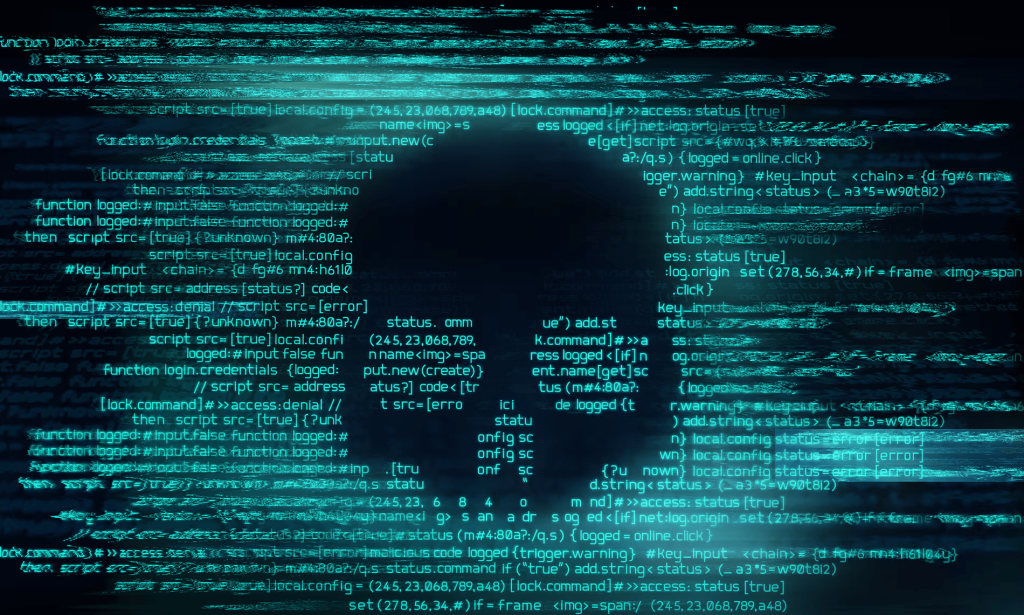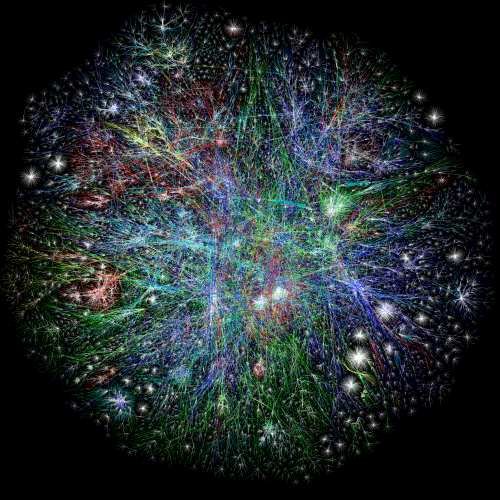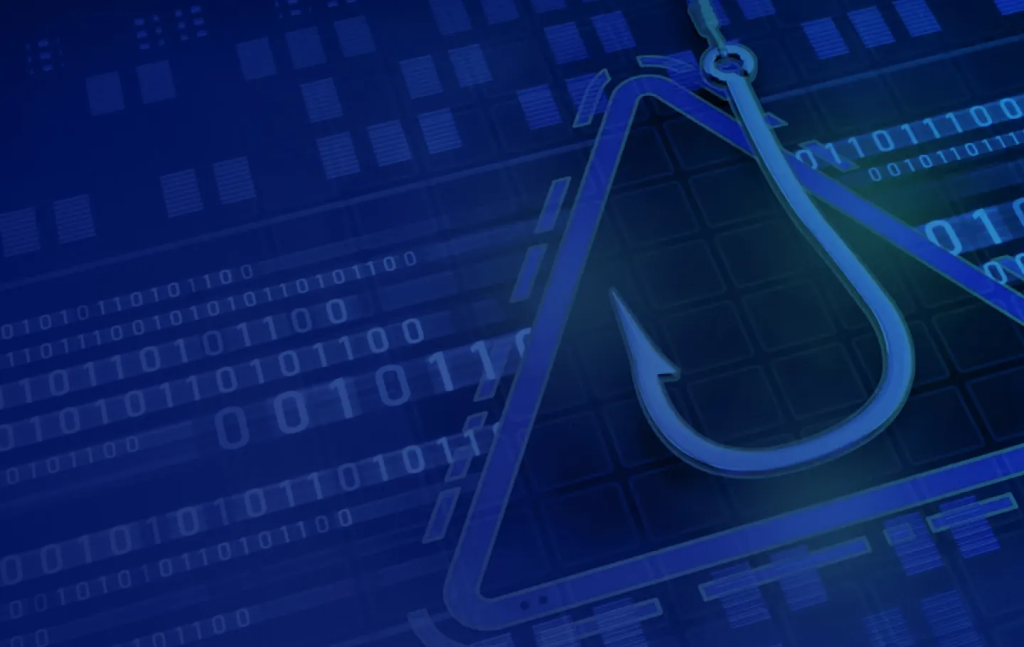
Cybersecurity is inherently interdisciplinary. Simply knowing the technical details of information systems and their security, while helpful, is not enough to fully comprehend the scale of challenges cybersecurity professionals are likely to face. A wider understanding of the role cybersecurity plays in society is necessary to determine how to best approach this wide array of issues.

Computer systems are, clearly, crucial to our productivity, influencing nearly every aspect of our lives. Consequently, it is critical that the best possible solutions to security problems are implemented in order to defend these devices. The social sciences, through examining the motivations and activities of users, malicious individuals, and others, may provide important insights in this regard.

The social sciences seem particularly beneficial to cybersecurity in creating a better understanding of the ways in which people and groups utilize and impact systems, and the ways that these systems in turn shape society as a whole. Communications between individuals and groups are often facilitated by computer systems, increasingly so as more and more individuals gain access to the Internet.

Grasping how the actions of people influence the security of systems is certainly vital as, in a majority of cases, the users are the most vulnerable part of a system. Individuals might be manipulated, become careless, or intentionally cause harm to an organization. Applying concepts from the social sciences to cybersecurity can allow us to make the proper steps to reduce the chances of human error causing significant damages.

Gaining an appreciation for the ways in which computer systems and the social sciences come together is especially notable given the potential for attacks to have political aims. Many countries have begun engaging in cyberattacks against their rivals, aiming to destroy or disable critical infrastructure. Being knowledgeable about certain political influences may allow for a more informed response.
Image Sources:
Advantages and challenges of nuclear energy. (n.d.). Department of Energy. Retrieved February 1, 2025, from https://www.energy.gov/ne/articles/advantages-and-challenges-nuclear-energy
Hurst, D. (2021). ‘Significant threat’: cyber attacks increasingly targeting Australia’s critical infrastructure. The Guardian. Retrieved February 1, 2025, from https://www.theguardian.com/technology/2021/sep/15/significant-threat-cyber-attacks-increasingly-targeting-australias-critical-infrastructure
Nguyen, Quan. (2013). Models and Methods for Big Graph Visualization. Retrieved February 1, 2025, from https://www.researchgate.net/figure/Example-of-large-and-complex-networks-Visualization-of-the-Internet-graph-by-the-Opte_fig2_325794369
Phishing attacks: Recognize and avoid email phishing. (2024). EasyDMARC. Retrieved February 1, 2025, from https://easydmarc.com/blog/phishing-attacks-recognize-and-avoid-email-phishing/
Weller, M. (2021). What are the benefits of interdisciplinary study? OpenLearn. Retrieved February 1, 2025, from https://www.open.edu/openlearn/education-development/what-are-the-benefits-interdisciplinary-study